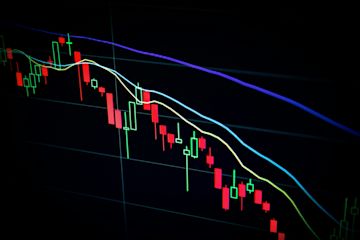
Understanding Stagflation: Impact on Stocks and Real Estate Markets
Stagflation occurs when an economy experiences both stagnant economic growth and high inflation simultaneously. This rare but concerning economic phenomenon creates a challenging environment for businesses, investors, and consumers alike.
Understanding the Components
Stagnation refers to minimal or negative economic growth, typically characterized by rising unemployment and reduced business activity. During this period, consumer spending decreases and businesses struggle to maintain profitability.
Inflation represents a sustained increase in the general price level of goods and services, effectively reducing purchasing power over time. When combined with stagnation, it creates a particularly difficult economic situation.

Hands nurturing growing stock investment
Historical Context
The most notable stagflation period occurred during the 1973-74 oil crisis, when OPEC's oil embargo led to soaring energy prices while economic growth remained stagnant. This period demonstrated how supply shocks can trigger stagflation.

Woman trading stocks on mountain peak
Impact on Different Assets
Stocks typically underperform during stagflation as companies struggle with higher costs and reduced consumer spending. Value stocks tend to fare better than growth stocks in this environment.

Red stock market trading chart
Gold often serves as a hedge during stagflation, as investors seek safe-haven assets that maintain value during economic uncertainty.

Hands nurturing growing stock investment
Real estate performance during stagflation varies. While property can provide inflation protection, economic stagnation may reduce demand and property values.

Woman trading stocks on mountain peak
Combating Stagflation
Central banks and governments typically address stagflation through:
- Monetary policy adjustments
- Supply-side economic reforms
- Fiscal stimulus measures
- Structural economic changes

Red stock market trading chart
Successful resolution often requires a coordinated approach between monetary and fiscal policy, focusing on both promoting growth and controlling inflation. This delicate balance makes stagflation particularly challenging to address effectively.